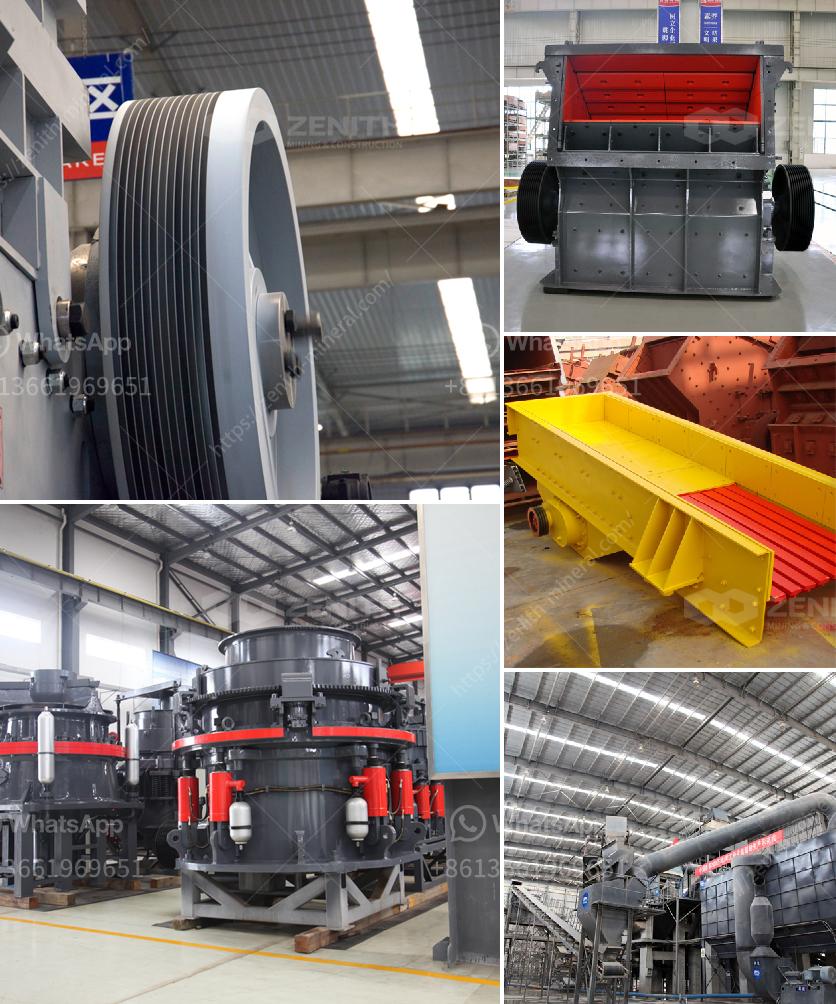Starting a ball mill can be challenging due to several factors:
Inertia: The massive weight and volume of the mill's components generate substantial inertia, making it cumbersome to initiate motion.
Load: The mill typically contains significant amounts of materials (like ore, grinding media) which add to the initial load, requiring more power to get everything moving.
Motor Requirements: The motor needs to have enough torque to overcome the initial load. This often requires specialized motors and potentially different starting methods (like soft starters or variable frequency drives) to handle the high demand.
Friction: Stationary start-up includes friction from the bearings and any residue that may have settled. Overcoming this friction demands more energy initially.
System Imbalance: Starting a large, potentially out-of-balance piece of machinery can introduce vibrational issues, which might cause operational problems or even damage.
Energy Consumption: Understanding and managing the energy spike during start-up requires precise control and monitoring to avoid tripping breakers or overshooting energy budgets.
These challenges necessitate careful design and operational strategies to ensure a smooth and efficient start-up of a ball mill.
